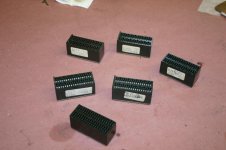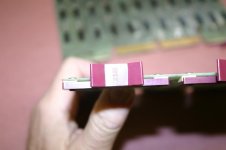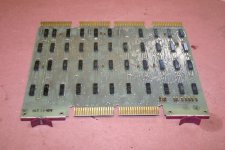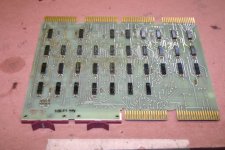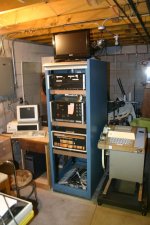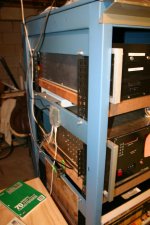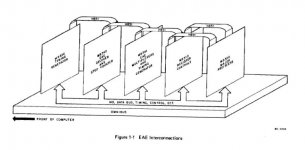daver2
10k Member
Don,
Been there and got the tee shirt! FORT.SV is there but the SABRE assembler isn't. Shouldn't be too difficult to find it on a disk though.
That's what I am looking into next regarding the various FORTRAN IV compilers (or more correctly the run-time libraries). I don't think the problem is with SIMH per se - that is a pretty damn good emulation of the PDP-8 instruction set. I suspect the problem lies at the heart of the FORTRAN IV run-time library - so a little bit of detective work is called for here... That's going to have to wait until tomorrow - bedtime here in the UK!
And YES Mike - there are different versions of OS/8, FORTRAN and just about every other program out there in the wild. That's why this 'computing archeology' is so much fun!!!
Dave
Been there and got the tee shirt! FORT.SV is there but the SABRE assembler isn't. Shouldn't be too difficult to find it on a disk though.
That's what I am looking into next regarding the various FORTRAN IV compilers (or more correctly the run-time libraries). I don't think the problem is with SIMH per se - that is a pretty damn good emulation of the PDP-8 instruction set. I suspect the problem lies at the heart of the FORTRAN IV run-time library - so a little bit of detective work is called for here... That's going to have to wait until tomorrow - bedtime here in the UK!
And YES Mike - there are different versions of OS/8, FORTRAN and just about every other program out there in the wild. That's why this 'computing archeology' is so much fun!!!
Dave

